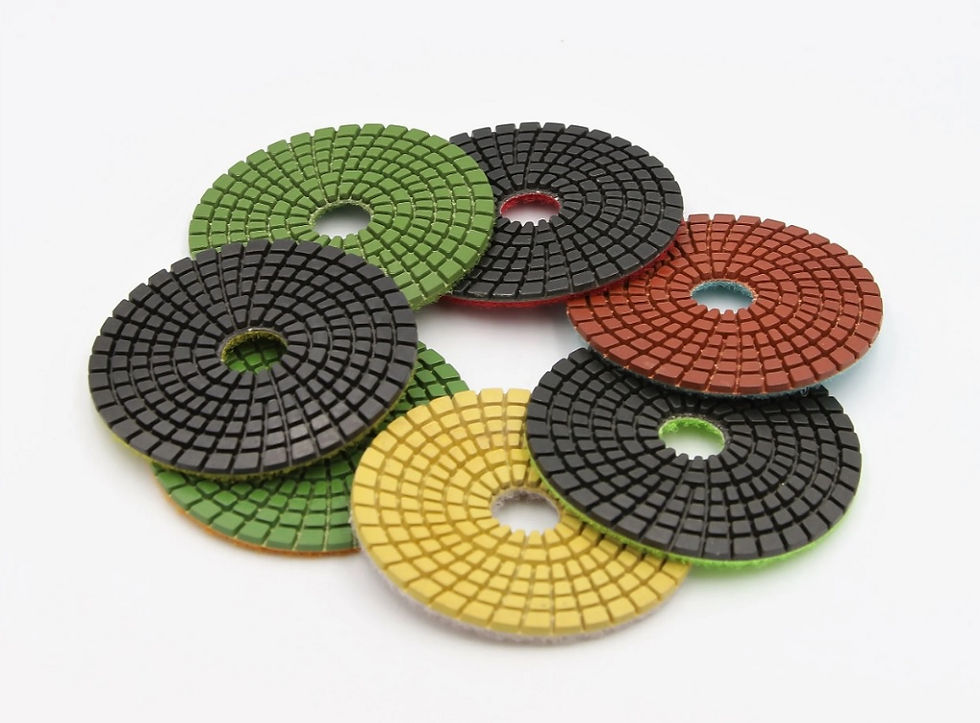The Many Benefits of Interactive Displays
- ameliya lanne
- Dec 23, 2019
- 3 min read
An interactive display is an interactive panel that is mounted on a wall or on a stand or is a handheld device. It comes in different sizes and screen types and employed by different brands. An increasing number of customers prefer interactive LCD panels for entertainment, business, and education. Today, business and educational professionals are using interactive displays for personal communication. It is an advanced technology that works behind those displays.
The Advanced Technology Behind Interactive Displays
Interactive display technology has indeed advanced a lot in the past few decades. The conferencing feed or the computer screen can be shared with an entire boardroom or classroom. Today, interactive displays allow an easy and fast mode of sharing of information, thanks to the touchscreen capabilities and multi-touch controls. Interactive displays have indeed become very popular.
The Popularity of Interactive Displays
What makes those interactive displays so popular among businesses is the inherent benefits they carry. The displays have advanced in looks, technology, and functionality, and those touchscreen capabilities facilitate a more creative and engaging experience.
Easy to Use- The interactive displays have touch screens that are very simple and easy to use. Even those who have never used a smartphone or a computer will find it very straightforward to navigate the device. There is no need to have any specialized training for those displays.
Engaging Experience- Those interactive screens sure can be a powerful way of engaging your customers and offering them a unique experience. One can present information and education in a much more stimulating way.
Cost and Time Effective- As the customers get all the basic information, they need with just a few touches, it is quick, effective and timesaving for both parties. It is cost-saving too because of the saved time as clients or customers already carry an understanding of your product. The customers and the business owners can connect faster via interactive displays.
Timely Feedback from Customers – As the interactive displays are based on state-of-the-art technology, they can gather valuable data and feedback from customers. One can analyze the usage data to learn about the satisfaction level of their customers and get an insight into their preferences.
Sleek and Space-Saving – The interactive displays are sleek and slim and thus help to save up on space. This is very beneficial, especially for those businesses that have a small establishment and want to make optimum use of their limited space.
Durable and Long-Lasting- Another major benefit of interactive displays is that they last long and are durable. The use of top-quality material and advanced technology make them last longer and cleaning and maintaining them is not an issue at all.
Higher Efficiency and More Accessibility – The interactive displays are simply the best for operations seeking efficiency and accessibility. Those large screens can improve efficiency and can lower the struggle to reach out to the screens. They come in different sizes, and one can choose the size based on the kind of accessibility and efficiency they are looking for.
Require No Training – Unlike the interactive whiteboard products, the interactive displays do not need any extensive training for the new users. It is because of these useful properties that the interactive panels are capitalizing on the widespread popularity of tablets and smartphones with touch controls.
Interactive displays are enjoying increasing use in the field of education, entertainment, and businesses. It is common to see their usage in schools, offices, hospitals, restaurants, or even museums. As they carry all those inherent advantages of higher efficiency, more durability, and cost-effectiveness, it is no surprise, therefore, to find them getting more and more popular.



















Comments